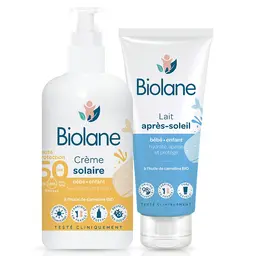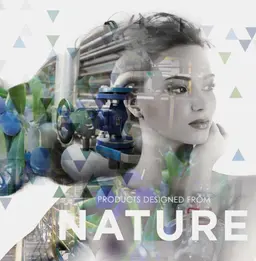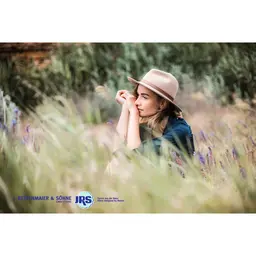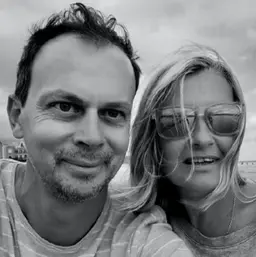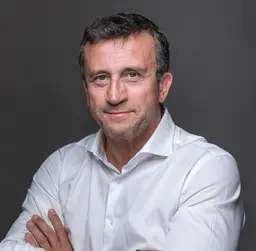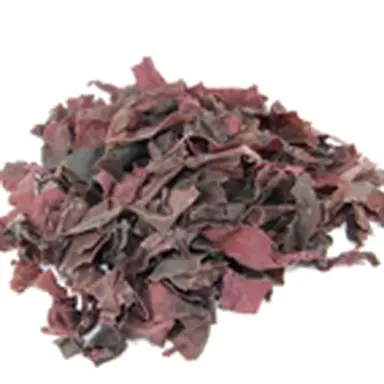
Known as the enemies of swimmers and other seaside walk aficionados, algae have a bad reputation – wrongly, since they are actually filled with vitamins and antioxidants beneficial for the skin. And the cosmetics industry has understood that perfectly well, as brands often integrate them to their formulas. Marine ingredient supplier Setalg reveals the distinctive characteristics of the algae they market.
Sandrine Hervé (Cosmetics Technical Manager) and Anne-Charlotte de Geyer d'Orth (Nutrition-Health Technical Manager) answered CosmeticOBS’s questions.
What specific characteristics do Setalg algae offer?
Setalg is located in the heart of the largest European field of algae, where over 800 species mix with one another. For example, you can find Fucales – commonly called wrack – a species typical of North-Western Atlantic coasts.
The site was the first to be classified as an ‘Espace naturel remarquable de Bretagne’ (remarkable natural place of Brittany).
Two phenomena can explain this situation:
• Pleubian benefits from a large foreshore, where the sea withdraws over three kilometres when the tide goes out. The foreshore is shore algae’s favourite habitat.
• It is located where the cold waters of the North Sea cross those of the Gulf Stream, a warm current that comes from the South of the Atlantic. These two phenomena create an environment favourable to the development of maritime fauna and flora.
Sandrine Hervé adds that ‘the whole harvesting site is “Natura 2000” classified, which guarantees the perfect quality of both the environment and products.’
Do they benefit from documented cosmetics claims?
Anne-Charlotte de Geyer d’Orth explains that ‘algae have been used in cosmetics since the Ancient times, and their usefulness has already been much demonstrated. Indeed, algae’s characteristics are multiple: they are rich in minerals and organic elements like proteins, complex sugars, fatty acids, and vitamins.
Some thalassotherapy centres have actually become experts in algae to offer remineralizing and energizing treatments exclusively based on algae powders.
Algae can also be used for their functional or visual properties. Laminaria and Fucales algae are rich in alginate and can be added to formulas as texturing agents (like Guar gum, for example).
Dulse flakes (Palmaria palmata) are purple and create a visual effect that is interesting for all types of formulations.
Certain marine ingredients are even multi-purpose. Lichen (Chondrus crispus), which is rich in carrageenans, offers texturing properties in the form of powder. In addition, thanks to its extraordinary hardness, it has gentle exfoliating properties when it is used in the form of flakes.’
However, Setalg does not work on molecules or chemical compounds extracted from algae, but on the whole alga itself. Sandrine Hervé explains that the company prefers to ‘bank on their outstanding composition and quality by incorporating them into finished products. Our cosmetics claims are valid on our peel-off masks. So far, we have conducted several clinical studies that demonstrated their moisturizing and detoxifying efficacy. We are now working on an anti-aging claim.’
What specifications apply to harvesting methods?
There are three sorts of algae:
• Brown algae, like Fucus vesiculosus, Ascophyllum nodosum, or Himanthalia elongata
• Green algae like Ulva lactuca
• Red algae like Palmaria palmata or Chondrus crispus
Every alga species has its own specifications as far as its harvesting is concerned.
Some of them, like Fucus vesiculosus, Ascophyllum nodosum, or Ulva lactuca, can be harvested all year round. Others can only be collected in specific seasons to guarantee the preservation of the resource. Lastly, a few of them are subject to quotas, like Ascophyllum nodosum, for which the maximum harvest in Britanny’s Côtes d’Armor administrative area is set at 3,500 tonnes of fresh algae.
The persons authorized to harvest algae are called ‘goémoniers’ (≈wrack farmers). They are self-employed workers who hold an accreditation. ‘There are only seven goémoniers in the Côtes d’Armor, and they all work for Setalg. They comply with good harvesting practices and also follow the specifications we set up. The algae are harvested by hand and cut. Part of them is left on the rock to help them grow again and preserve the species. The littoral is divided into plots of land to ensure the traceability of the harvests and prevent any biomass overexploitation,’ Anne-Charlotte de Geyer d’Orth reveals.
What are the storage/manufacturing conditions?
Setalg is specialized in harvesting and transforming macro-algae into flakes and powder.
Algae are harvested at low tide by the goémoniers. ‘We collect them fresh, and then transform them.
First, they are sorted out to be separated from the sand and shells. Then, they are washed in one or several whirlpools, and wrought out with a giant salad spinner.
Afterwards, they are laid down on drying terraces. Our dryers are fully automated, and the airflow, temperature, hygrometry, and time are accurately monitored to preserve all their properties. On average, we need 24h to 72h to make them dry.
At this stage, we have got a dry alga, and its weight represents 10% to 20% of its initial weight.
Ultimately, there is a grinding phase to get more or less large flakes or powder.
We work on a just-in-time basis as much as we can to guarantee the alga’s freshness,’ Sandrine Hervé explains.
Are algae an issue as regards formulation?
Contrary to other cosmetic ingredients, there is no specific contraindication when it comes to adding algae to a formula. ‘Still, the formulator should pay attention to the marine smell they can diffuse in the formula,’ Anne-Charlotte de Geyer d’Orth warns.
Valued for their slimming, moisturizing, and redensifying virtues, algae are gaining much importance in cosmetics.
JS



